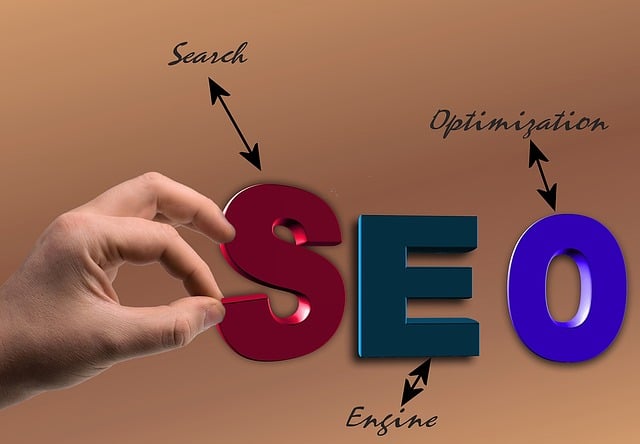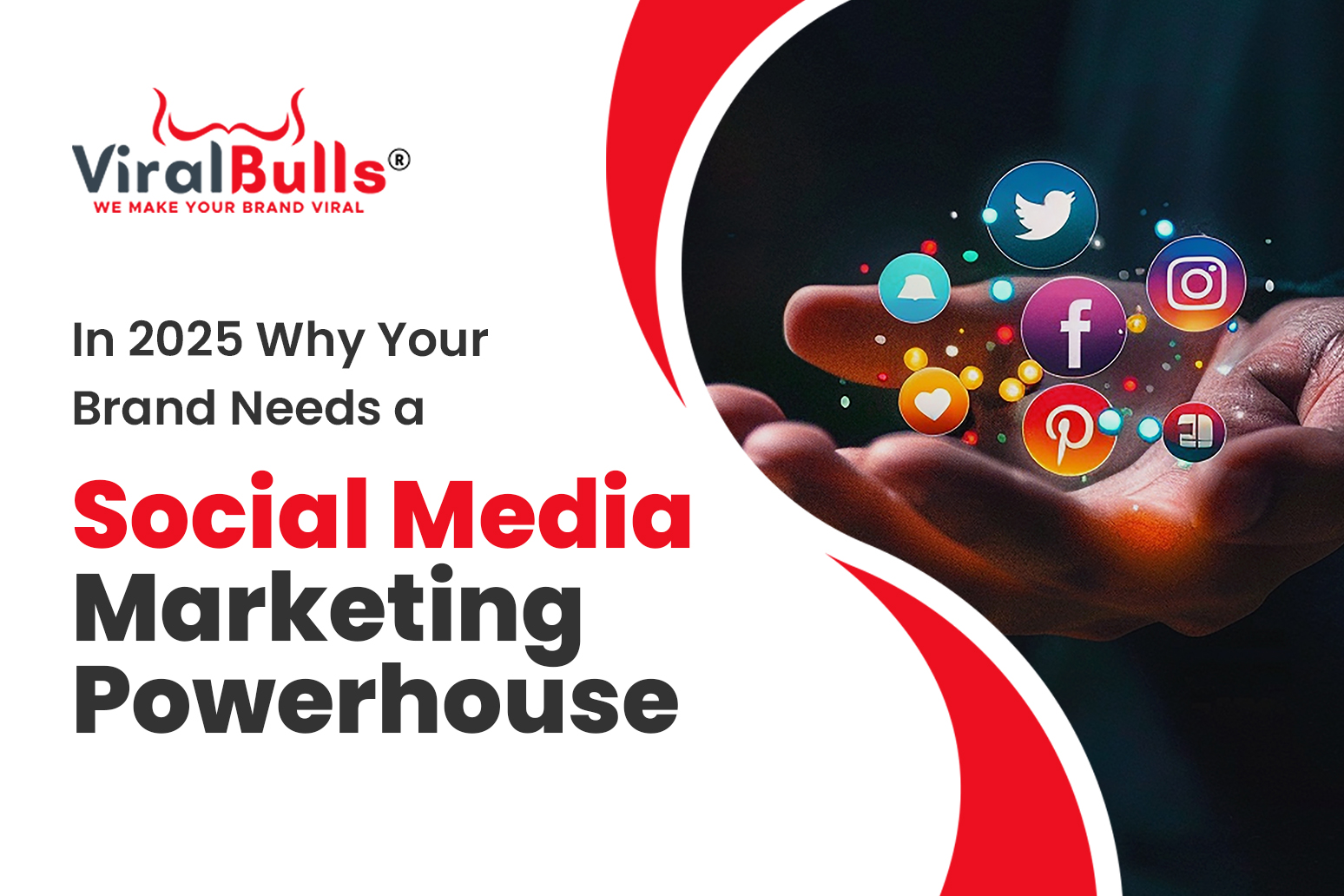Introduction
Marketing is a crucial aspect of every business, and it is essential to understand the various types of marketing strategies available. Inbound and outbound marketing are two of the most popular types of marketing, and it is essential to know the difference between them to choose the right marketing strategy for your business.
What Is Outbound Marketing?
Traditional marketing and interruption marketing are other names for outbound marketing. It involves reaching out to customers through various channels such as TV ads, radio ads, billboards, coldcalling, direct mail, and email marketing. The goal of outbound marketing is to push a product or service to a customer, often without their permission, with the hope of generating interest and sales.
Outbound marketing can be expensive and time-consuming, and it often targets a large audience with a broad message. The message may not be relevant to everyone, but the hope is that it will reach the right people who will respond positively to the message.
Examples of outbound marketing include:
- TV and radio ads: Companies pay to run ads during popular TV shows and radio programs to reach a broad audience.
- Billboards: Large billboards with catchy slogans and images are placed in high-traffic areas such as highways and busy streets.
- Cold calling: Companies purchase lists of phone numbers and call potential customers to pitch their products or services.
- Direct mail: Companies send printed promotional material such as flyers, brochures, and catalogs to potential customers’ mailboxes.
- Email marketing: Companies send mass emails to potential customers, hoping to generate interest and sales.
What Is Inbound Marketing?
Inbound marketing is a newer type of marketing that focuses on creating valuable content to attract customers to a product or service. The goal of inbound marketing is to attract potential customers by providing them with valuable information and resources that will help them make informed decisions. This type of marketing is permission-based, meaning that customers have given their permission to be marketed to.
Inbound marketing is more cost-effective than outbound marketing, and it is often more targeted. The message is tailored to a specific audience, and it is often delivered through channels such as social media, blogs, and search engines.
Examples of inbound marketing include:
- Content marketing: Companies create valuable content such as blog posts, infographics, and videos to attract potential customers to their website.
- Search engine optimization (SEO): Companies optimize their website to rank higher in search engine results, making it easier for potential customers to find them.
- Social media marketing: Companies use social media platforms such as Facebook, Twitter, and LinkedIn to engage with potential customers and build relationships.
- Email newsletters: Companies send newsletters to subscribers with valuable information and resources related to their products or services.
- Webinars: Companies host webinars to provide potential customers with in-depth information about their products or services.
The methodology is the main distinction between inbound and outbound marketing. Outbound marketing is a push strategy, while inbound marketing is a pull strategy. Outbound marketing pushes a message to a large audience in the hope of generating interest and sales. In contrast, inbound marketing pulls potential customers to a product or service by providing them with valuable information and resources.
Another significant difference between inbound and outbound marketing is the cost. Outbound marketing can be expensive, as companies often need to purchase ad space or pay for direct mail campaigns. In contrast, inbound marketing is more cost-effective, as companies can create valuable content and share it through channels such as social media and email newsletters.
The targeting of the message is also different in inbound and outbound marketing. Outbound marketing targets a broad audience with a general message, while inbound marketing targets a specific audience with a tailored message. This targeting is more effective because it ensures that the message is relevant to the audience, making it more likely that they will respond positively to the message.
Inbound marketing is also more customer-centric than outbound marketing. Inbound marketing focuses on providing valuable information and resources to potential customers, while outbound marketing is often seen as intrusive and annoying. Inbound marketing builds trust and credibility with potential customers, while outbound marketing can damage a company’s reputation if customers feel that they are being bombarded with irrelevant messages.
What’s More Effective, Inbound or Outbound Marketing?
The effectiveness of inbound and outbound marketing depends on several factors, such as the type of product or service being marketed, the target audience, and the marketing budget. In general, inbound marketing is considered to be more effective in today’s digital age, where customers have more control over what messages they receive.
Inbound marketing is more effective because it focuses on building relationships with potential customers rather than simply trying to sell them something. By providing valuable information and resources, companies can establish themselves as experts in their field and build trust with potential customers. Increased brand awareness, customer loyalty, and eventually higher revenue can result from this trust.
Outbound marketing can still be effective in some cases, such as for established brands with a large marketing budget. Outbound marketing can also be useful for reaching audiences that may not be active on digital channels, such as older demographics.
Overview of the Benefits of Inbound and Outbound Marketing
Both inbound and outbound marketing have their benefits, and the right marketing strategy will depend on the specific goals of a company.
- Benefits of inbound marketing include:
- Cost-effective: Inbound marketing is often more cost-effective than outbound marketing, as companies can create valuable content and share it through digital channels.
- Targeted: Inbound marketing targets a specific audience with a tailored message, making it more effective than outbound marketing at reaching the right people.
- Builds trust and credibility: Inbound marketing provides valuable information and resources to potential customers, building trust and credibility with them.
- Provides long-term results: Inbound marketing is a long-term strategy that can provide sustained results over time, such as increased brand awareness and customer loyalty.
- Benefits of outbound marketing include:
- Reaches a broad audience: Outbound marketing targets a large audience with a general message, making it useful for reaching a broad audience quickly.
- Can be effective for established brands: Outbound marketing can be effective for established brands with a large marketing budget, as they can afford to purchase ad space and run direct mail campaigns.
- Can reach audiences not active on digital channels: Outbound marketing can be useful for reaching audiences that may not be active on digital channels, such as older demographics.
Finding the Right Marketing Strategy for You
- Choosing the right marketing strategy for your business will depend on several factors, such as the type of product or service being marketed, the target audience, and the marketing budget. It is important to consider the benefits of both inbound and outbound marketing and choose a strategy that aligns with your business goals.
- If your business is new or has a limited marketing budget, inbound marketing may be the most cost-effective strategy. By creating valuable content and sharing it through digital channels, you can attract potential customers to your website and build relationships with them over time.
- If your business is established and has a large marketing budget, outbound marketing may be a useful strategy for reaching a broad audience quickly. By purchasing ad space and running direct mail campaigns, you can reach potential customers who may not be active on digital channels.
Conclusion
Inbound and outbound marketing are two different approaches to marketing that have their benefits and drawbacks. The right marketing strategy for your business will depend on several factors, and it is important to consider the benefits of both inbound and outbound marketing before making a decision. By choosing the right marketing strategy, you can attract potential customers to your business, build relationships with them, and ultimately increase sales and revenue. It is also important to continuously evaluate and adjust your marketing strategy based on the results you are seeing, and to stay up to date with changes in the marketing landscape and consumer behaviour.






